Image Classification: Best Practices for Scalable Models
Table of Contents
- TL;DR
- What is Image Classification?
- How Image Classification Works
- Types of Image Classification Tasks
- Models and Algorithms for Image Classification
- Applications of Image Classification in Machine Learning
- Challenges and Solutions in Image Classification
- Optimizing Image Classification Models
- About Label Your Data
- FAQ
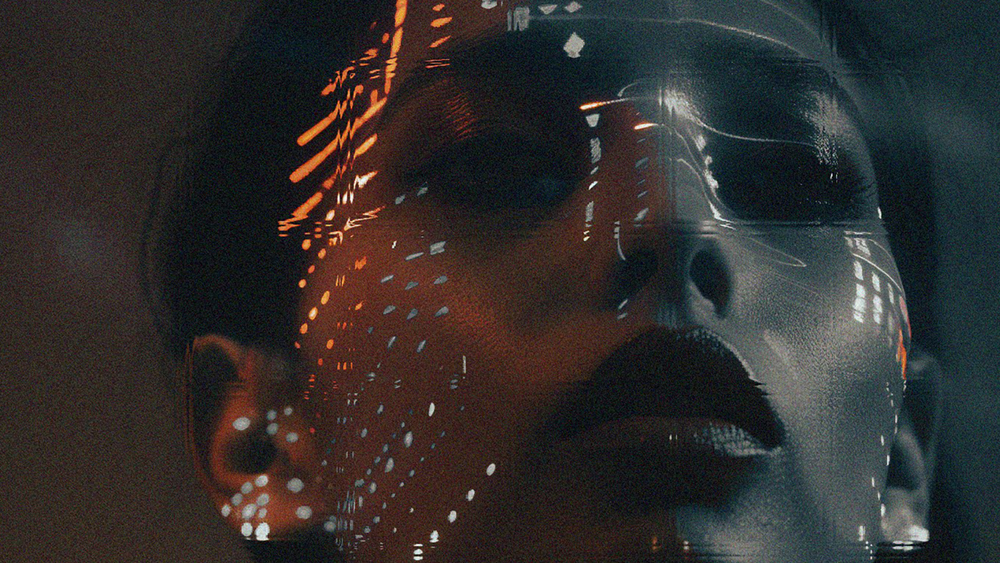
TL;DR
- Image classification allocates labels to each image, allowing AI to recognize objects.
- Image classification involves data collection, labeling, preparation, training, and prediction.
- Models include SVMs, CNNs, and Vision Transformers for various tasks.
- Applications span healthcare, automation, retail, and environmental monitoring.
- Key challenges are imbalanced data, poor annotations, and deployment constraints.
- Solutions focus on better data, robust models, and scalable deployment.
What is Image Classification?
Image classification is part of computer vision and machine learning, allowing computers to recognize and process images.
With image classification, artificial intelligence advances in answering questions to define what's in the image and to which category it belongs to. An image classification example is a self-driving car detecting pedestrians and road signs to enable safe navigation. Similarly, retailers use it to categorize products and optimize search functionalities.
How Image Classification Works
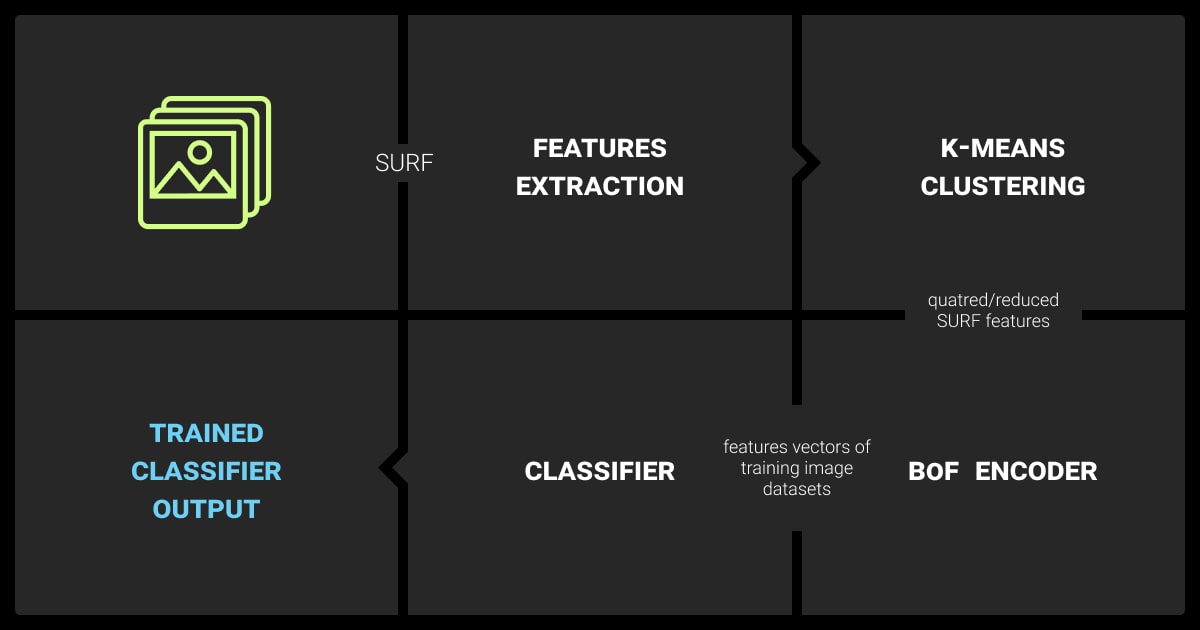
Image classification follows a structured process. Starting from collecting data to final predictions, the process builds on the foundation for a model's further performance.
Data Collection
First, a relevant dataset is gathered. The dataset should include diverse images and account for variations in lighting, angles, and backgrounds to make the model robust. In image classification machine learning, having diverse and representative data ensures better model performance and generalization.
Image Labeling
Here, you assign a category to each image, such as “flower” or “table.” Accurate labeling is critical because the model learns by mapping images to these labels. By cooperating with a data annotation company, you can prepare high-quality labels, especially if you work with large datasets.
Data Preparation
Before training, it's important to resize an image and normalize its pixels values. At this stage, you can also use data augmentation, which increases the diversity of data and improves the general knowledge of the model. Leveraging data annotation services can be helpful to prepare accurate labels for datasets that are later used for reliable model training.
Feature Extraction
Instead of manually designing features, modern convolutional neural networks automatically identify patterns, such as edges, textures, or object shapes, directly from pixel data.
Training
At the stage of training, you train the model with preliminary labeled datasets. The model recognizes patterns and links them with labels. It adjusts its internal parameters over time to minimize errors.
Validation
You test the model on separate, unseen data to evaluate its accuracy. If the results are poor, adjustments to the dataset or model architecture may be necessary.
Prediction
After the training, a model can classify new images. It can also predict the input images showing with a certain percentage of accuracy.
Key Metrics for Evaluating Image Classification Models
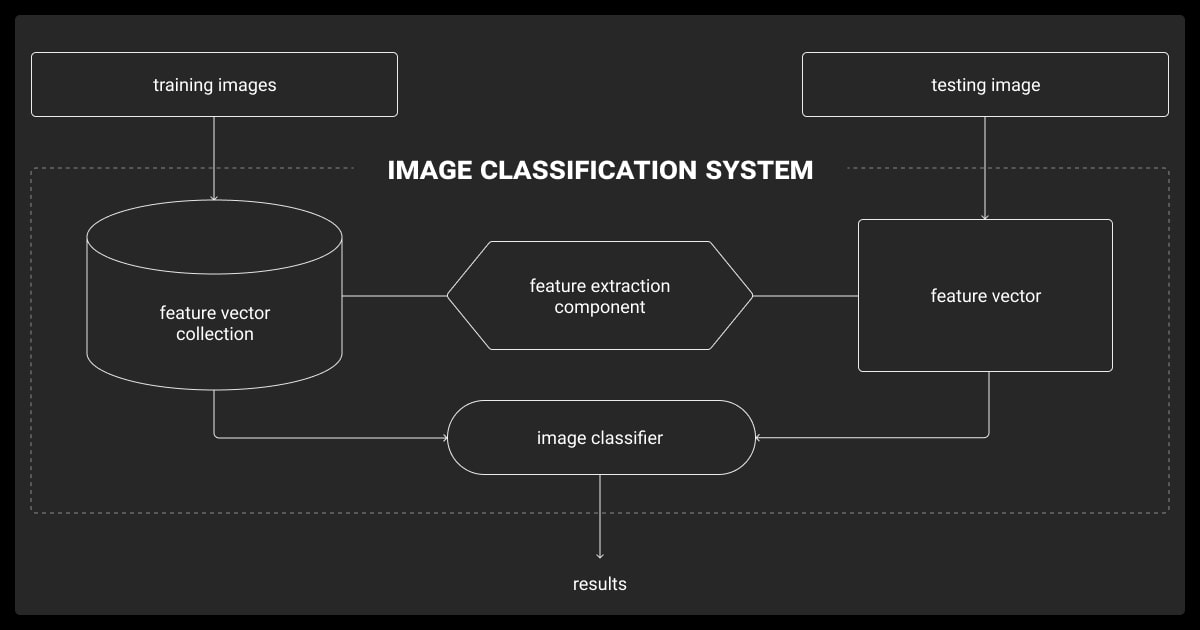
To judge a model’s accuracy, we use the following metrics:
- Accuracy: Indicates the number of images labeled correctly.
- Precision: Helps to reduce false positives (e.g., avoiding labeling a cat as a dog).
- Recall: Reduces false negatives (e.g., ensuring no cats are missed).
- F1 Score: Shows the combined metric of recall and precision.
- AUC-ROC: Shows how well the model separates different classes.
Types of Image Classification Tasks
Image classification tasks vary based on how images are labeled and categorized. Understanding the types helps tailor models to specific problems.
Single-Label Classification
In this type, each image is assigned one label. For instance, a photo with a dog will be labeled with the corresponding label, even if there are other objects in the background. This type of classification is the most common one. It works well for tasks like facial recognition or product defect detection.
Multi-Label Classification
Here, an image can have multiple labels. For example, an image with a street can have multiple labels. These can be a car, a pedestrian, and a tree. Multi-label classification is used in applications like medical imaging, where a single X-ray could show multiple conditions. Additionally, it performs well in environmental monitoring, identifying various elements within a satellite image.
Hierarchical Classification
This type organizes labels into a tree-like structure. For example, a vehicle can have labels “car” and “truck” and further more detailed labels. We often use hierarchical classification in complex systems like e-commerce, where we split products into different categories.
Binary vs. Multiclass Classification
- Binary Classification: Two possible labels, such as “cat” or “dog.” This is straightforward and common in simple tasks.
- Multiclass Classification: More than two categories, like “cat,” “dog,” and “bird.” This requires models to handle more complexity.
Models and Algorithms for Image Classification
Image classification models range from traditional machine learning methods to advanced deep learning architectures. Selecting the right image classification algorithms depends on the dataset size, complexity, and computational resources available.
Traditional models like logistic regression and support vector machines (SVMs) are effective for small, structured datasets, while CNNs and Vision Transformers dominate complex image-based tasks. Transfer learning and self-supervised learning further enhance efficiency for domain-specific and low-data applications.
Comparison of Models and Algorithms:
| Model/Algorithm | Type | Best For | Advantages | Limitations |
| Logistic Regression | Traditional ML | Binary classification | Simple and interpretable | Struggles with complex or high-dimensional data |
| SVMs (Support Vector Machines) | Traditional ML | Small datasets, clear category separations | Effective on small, well-separated datasets | Computationally expensive for large datasets |
| Decision Trees | Traditional ML | Structured and tabular data | Easy to interpret | Prone to overfitting |
| Random Forests | Traditional ML | Small datasets with tabular or structured data | Reduces overfitting by combining multiple trees | Less effective on high-dimensional image data |
| CNNs (Convolutional Neural Networks) | Deep Learning | Complex image data, feature extraction | Automatically extracts image features | Requires large datasets and significant resources |
| Vision Transformers (ViTs) | Deep Learning | Large-scale classification tasks | Excels in handling complex, large datasets | Requires extensive computational power |
| ResNet (Transfer Learning) | Pre-Trained Model | Object recognition tasks | Handles deep networks without vanishing gradients | May require fine-tuning for specific tasks |
| EfficientNet (Transfer Learning) | Pre-Trained Model | Resource-constrained environments | Lightweight and mobile-friendly | Less flexible for very large-scale applications |
| SimCLR (Self-Supervised Learning) | Self-Supervised Learning | Tasks with limited labeled data | Learns from unlabeled data, reducing reliance on labels | Requires large unlabeled datasets for training |
| CLIP (Zero-Shot Learning) | Few/Zero-Shot Learning | Generalization to unseen categories | Links images and text to generalize knowledge | Performance depends on quality of pre-training |
CNN for image classification are widely regarded as the most effective tasks because they automatically learn features such as edges, textures, and patterns directly from image data, eliminating the need for manual feature engineering.
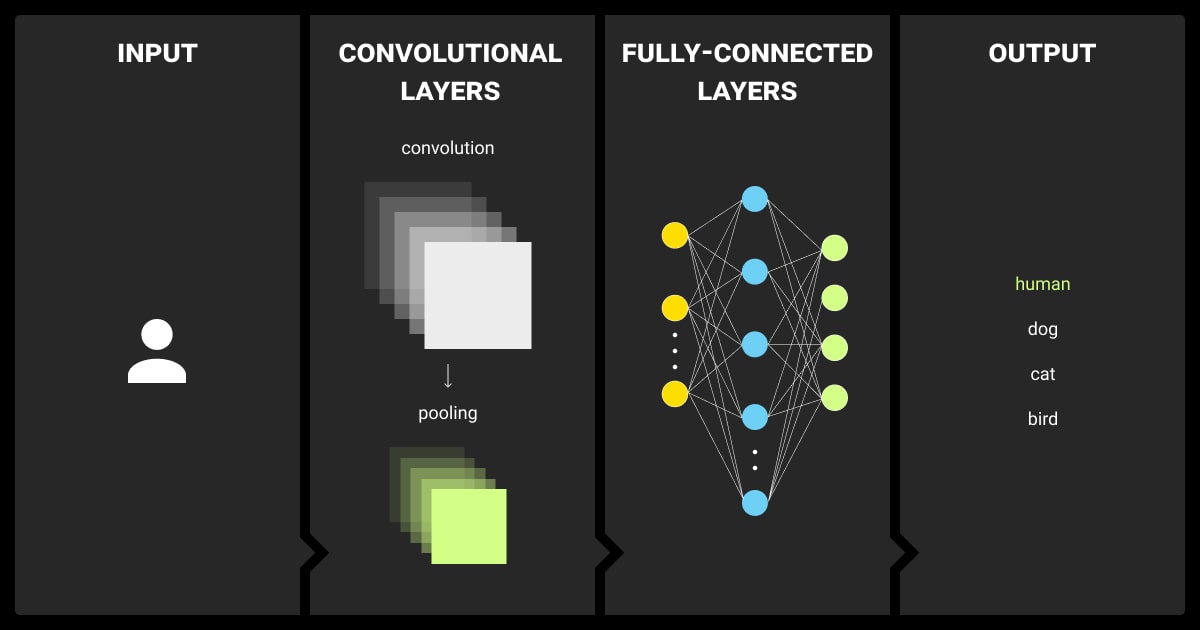
Techniques like transfer learning share similarities with LLM fine tuning, where pre-trained models are adapted to specific tasks for improved performance.
Applications of Image Classification in Machine Learning
Image classification drives innovation across industries, enabling faster, more accurate decisions in healthcare, automation, retail, and environmental monitoring. Just as automatic speech recognition processes audio data, image classification helps machines interpret visual data to solve complex problems.
Healthcare Applications
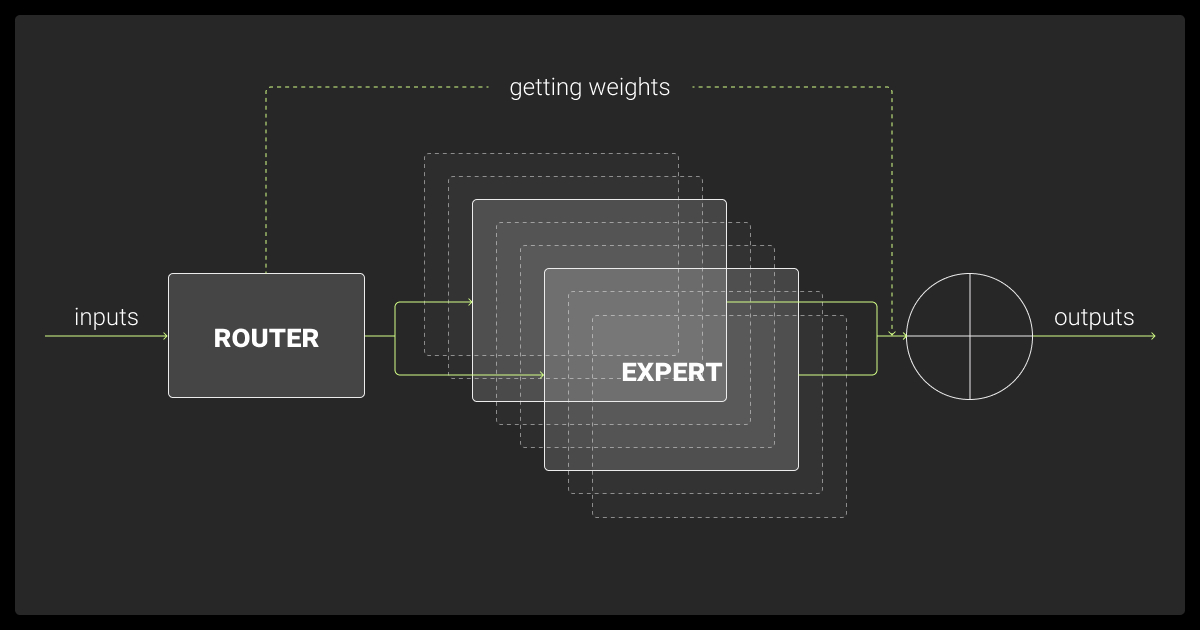
Healthcare relies on image classification to make more precise diagnoses. Advanced image recognition systems are used to analyze X-rays, CT scans, and MRIs, enabling models to detect conditions like tumors, fractures, or pneumonia.
Medical Imaging
Models process images from CT scans, X-rays, or MRI. They help detect such conditions as fractures or tumors. For example, systems trained on datasets like ChestX-ray14 identify lung diseases faster and more reliably than traditional methods.
Pathology
AI systems classify microscopic tissue images to detect cancer cells or other abnormalities, aiding doctors in making quicker and more precise diagnoses.
Drug Development
Image classification models are used in labs to analyze cell cultures and identify potential drug interactions, accelerating research.
Autonomous Systems Applications
Autonomous systems depend on image classification to interpret and respond to their surroundings.
Self-Driving Cars
Autonomous vehicles use classification models to recognize road signs, traffic lights, and pedestrians. Datasets like KITTI help train these models to identify vehicles and obstacles, ensuring safe navigation.
Drones and Robotics
Drones classify objects like buildings, vegetation, or water, aiding in tasks such as environmental surveys, disaster response, and precision agriculture.
Traffic Monitoring
Classification models track vehicle types and flow patterns to manage congestion and optimize traffic control systems.
Retail and E-Commerce Applications
Image classification enhances customer experiences and operational efficiency in retail.
Visual Search
Online platforms use classification to match product photos with similar items, improving the shopping experience for customers.
Inventory Management
Models classify products in warehouses, ensuring accurate stock tracking and faster order fulfillment.
Customer Sentiment Analysis
Classification systems analyze customer-submitted images, such as product reviews, to gauge satisfaction and identify trends.
Environmental and Biodiversity Applications
Image classification is vital for understanding and protecting the environment.
Wildlife Monitoring
Models classify species in camera trap images, allowing conservationists to track animal populations and study habitats.
Land-Use Mapping
Satellite image classification identifies urban, agricultural, and forested areas. This supports efforts to monitor deforestation, urban growth, and resource management. Incorporating geospatial annotation enhances the accuracy of these classifications by aligning image data with geographic coordinates, enabling precise environmental analysis.
Climate Monitoring
Classification tracks changes in glaciers, water bodies, and vegetation over time, providing valuable insights into climate impact and sustainability initiatives.
Challenges and Solutions in Image Classification
While image classification has advanced significantly, challenges remain in building reliable models. Addressing these issues is critical to improving performance and deployment.
Data-Related Challenges
Image classification relies heavily on high-quality data, but preparing it is not always straightforward.
Imbalanced Datasets
When certain classes dominate, the model may favor them over others.
Solution: Use techniques like oversampling underrepresented classes, undersampling dominant ones, or applying synthetic data augmentation.
Poor Annotations
Incorrect or inconsistent labels reduce model accuracy. Proper data annotation is essential to address this issue, ensuring that labels are precise and consistent across the dataset.
Solution: Use annotation tools to ensure consistency and run quality checks regularly.
High-quality, diverse datasets are critical to avoid biases and inaccuracies. Regular model validation against real-world scenarios ensures reliable system performance under varied conditions.
Domain Adaptation
Models often fail when applied to data from different domains.
Solution: Use transfer learning or domain adaptation techniques to retrain the model for the new dataset.
Ensuring Model Robustness
Models should continue performing accurately in various conditions, even the unpredictable ones.
Adversarial Attacks
Image classification models can be tricked by subtle, malicious changes in images.
Solution: Apply adversarial training or techniques like gradient masking to make models more resilient.
Environmental Variations
Changes in lighting, angles, or noise can degrade accuracy.
Solution: Train on a diverse dataset with augmented variations to improve generalization.
Overfitting
It happens when a model performs accurately during training, but provides wrong data on untrained data.
Solution: Use regularization techniques, dropout layers, and cross-validation to prevent overfitting.
Deployment Challenges
Bringing image classification models from development to production introduces its own set of obstacles.
Real-Time Inference
Models need to deliver predictions quickly in applications like autonomous vehicles.
Solution: Optimize models using frameworks like TensorFlow Lite or NVIDIA TensorRT.
Ensuring cybersecurity in data handling is critical for robust image classification models. Techniques like encrypting data in transit and integrating automated threat detection not only protect data integrity but also improve the reliability of classifications in unpredictable environments.
Hardware Constraints
Devices like mobile phones or edge systems have limited computational resources.
Solution: Use pruning, quantization, or lightweight models like MobileNet to reduce size and latency.
Scalability
Handling large-scale deployments, such as image classification for millions of users.
Solution: Use distributed systems and cloud-based platforms to manage scaling efficiently.
Handling domain shifts is critical, as training data often differs from what models encounter in production. Data augmentation and domain adaptation strategies, such as adversarial learning or transfer learning, align feature distributions between training and real-world environments.
Optimizing Image Classification Models
Optimizing image classification models ensures they are efficient and can be correctly deployed. From applying fine-tuning methods to preparing models for real-world applications, this step is critical for a model's accurate performance.
Hyperparameter Tuning
Hyperparameters control how a model learns during training. Fine-tuning them can significantly improve the model's outputs. Various techniques help find the best combinations of parameters. These techniques are crucial for achieving the performance expected from the best image classification models.
Distributed Training
Large datasets and complex models require significant computational power. Distributed training splits the workload across multiple GPUs or machines, speeding up the process. This approach is especially important for applications with large-scale datasets or time-sensitive requirements.
Debugging and Interpretability
Understanding why a model performs in a certain way can help improve its performance. Some tools like Grad-CAM and LIME provide visual explanations of model decisions, They help identify areas where it might be overfitting or misclassifying. Debugging models with these tools ensures they are accurate and reliable for real-world use.
About Label Your Data
If you choose to delegate data annotation, run a free data pilot with Label Your Data. Our outsourcing strategy has helped many companies scale their ML projects. Here’s why:
Check our performance based on a free trial
Pay per labeled object or per annotation hour
Working with every annotation tool, even your custom tools
Work with a data-certified vendor: PCI DSS Level 1, ISO:2700, GDPR, CCPA
FAQ
What is meant by image classification?
Image classification labels datasets based on their content. This helps machines recognize objects or patterns.
What is classification of images in AI?
In AI, image classification refers to using algorithms to categorize images into predefined classes for tasks like object detection or scene analysis.
What is image classification using CNN?
Image classification using CNNs involves leveraging convolutional neural networks to automatically extract features and classify images with high accuracy.
What is a classified image?
A classified image is one that has been labeled with a specific category or class after analysis by a machine learning model.
Written by
Karyna is the CEO of Label Your Data, a company specializing in data labeling solutions for machine learning projects. With a strong background in machine learning, she frequently collaborates with editors to share her expertise through articles, whitepapers, and presentations.





